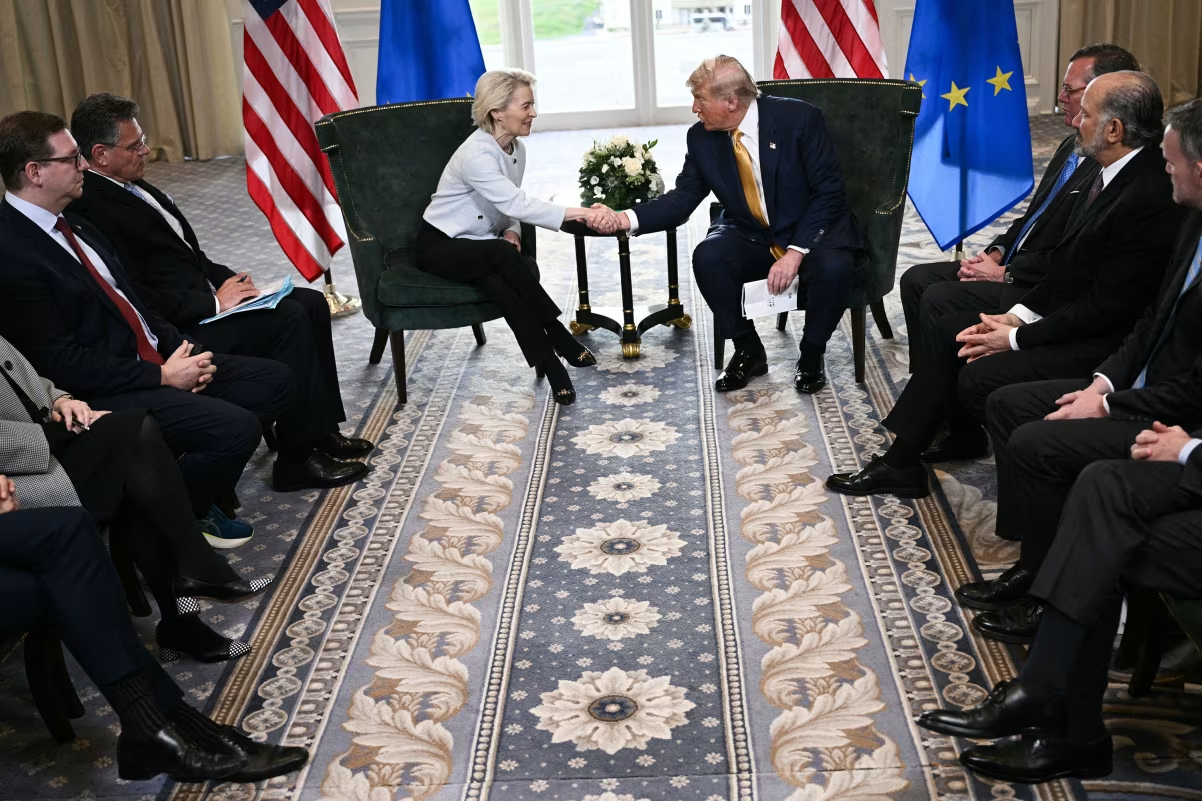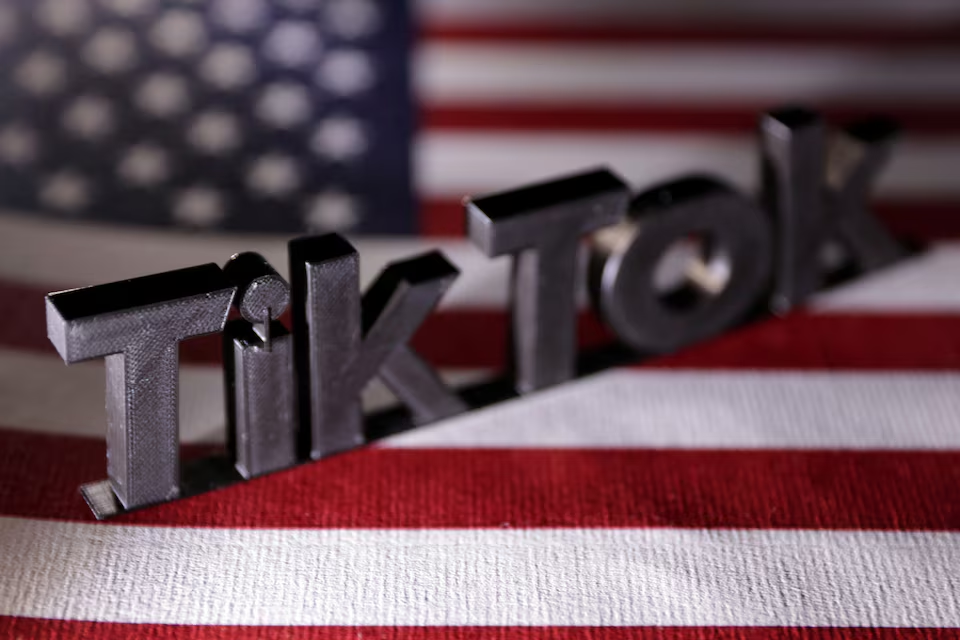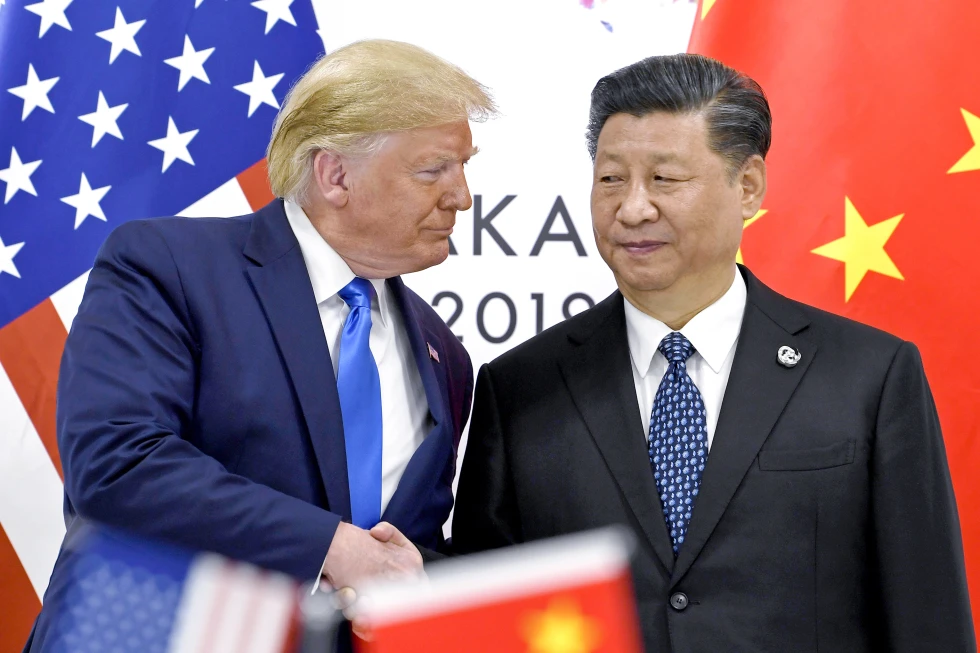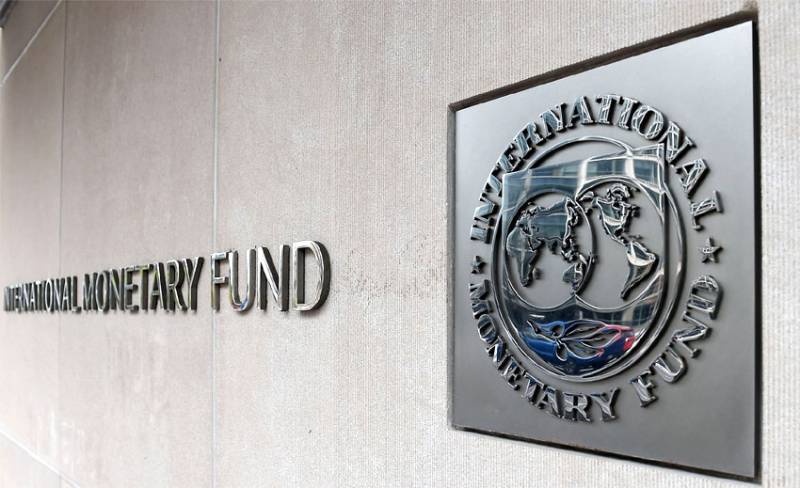The United States and the European Union have reached a pivotal agreement that will subject most EU exports—including automobiles and pharmaceuticals—to a 15% tariff, effectively preventing a trade war that could have severely disrupted the global economy. Finalized just days before President Donald Trump’s steeper tariffs were due to begin, the deal quickly garnered support from leading European figures, with German Chancellor Friedrich Merz and Italian Prime Minister Giorgia Meloni labeling it “sustainable.”
President Trump and European Commission President Ursula von der Leyen revealed the breakthrough at Trump’s golf course in Turnberry, Scotland, though they withheld the detailed text of the accord. According to US officials, the new 15% tariff rates will be implemented starting August 1. Trump hailed it as “the biggest of all the deals,” while von der Leyen emphasized that it brings much-needed “stability” and “predictability” to international markets—a sentiment reflected in the positive movement of both US and European stock markets, as well as a stronger euro.
Despite the mutual endorsement, there were notable discrepancies in how each side described the agreement. Trump maintained the tariffs would exclude pharmaceuticals and metals, but von der Leyen clarified that the 15% rate would broadly cover key sectors, including cars, drugs, and chips, with metals moving to a new quota-based system. US officials later confirmed that EU pharmaceutical exports would indeed face the 15% tariff, regardless of a pending Section 232 investigation.
As part of the deal, the EU committed to purchasing $750 billion in US energy products, investing $600 billion in the American economy, opening its markets to tariff-free US goods, and ramping up its acquisition of US military equipment. Unresolved issues, such as tariffs on European wine and spirits, will be addressed in future negotiations.
The pact was achieved amid heightened tensions, as Trump had threatened to impose tariffs as high as 50% on nearly all EU goods, only lowering his demand to 30% as talks progressed. Without this agreement, economic analysts predicted the average US tariff rate would jump to nearly 18%, whereas the new deal will keep it at a more moderate 16%.
This agreement follows months of tense shuttle diplomacy, with the EU prepared to retaliate against $117 billion worth of American exports if negotiations had failed. In recent weeks, both sides signaled a willingness to accept an “unbalanced” deal if it brought relief to key sectors and avoided escalation.















